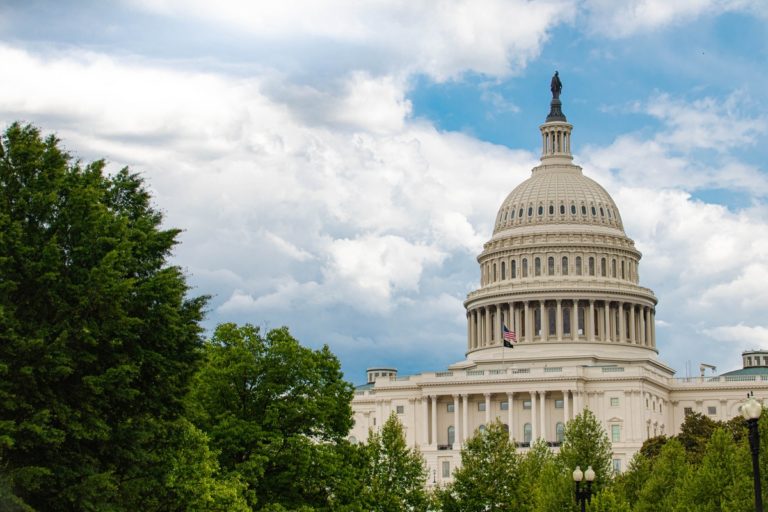Resolve to Strengthen Your Financial Plan in the New Year and Beyond
Retirement planning demands a lot from us – and for quite a long time. Whether it be our time, energy, or financial resources, our retirement needs are always evolving, and we must nurture our savings consistently over the years, rather than taking a set-and-forget approach. If you’ve found yourself being a bit more hands-off recently, the New Year offers a perfect opportunity to reflect, reassess, and make any necessary changes so that you can strengthen your financial foundation – giving your retirement plans a boost for the next twelve months and beyond. If you’re unsure where to start, try using this retirement planning checklist to kickstart the new year ahead.
#1. Evaluate Current Financial Status
The first step of this retirement planning checklist isn’t focused specifically on retirement. That’s because, before you can strengthen your retirement plans, you must first gain a clear understanding of your overall financial situation. This can be a great source of anxiety, especially if you haven’t closely examined your finances in a while. However, you’ll feel better once you know exactly where you stand. Begin by collecting all relevant documents pertaining to your bank accounts, outstanding loans, debts, and any other elements contributing to your financial landscape. This will help you to compile a detailed list of your assets and liabilities, forming the cornerstone for subsequent steps in our retirement planning checklist.
#2. Define Your Retirement Goals
Now that you know where you’re starting from, it’s time to determine your desired destination. That means you’ll need to clearly outline your retirement goals. Ask yourself questions such as when you plan to retire, the lifestyle you envision, and the activities you want to pursue. Establishing specific and measurable goals will help tailor your savings and investment strategies to meet your unique retirement objectives.
#3. Review and Adjust Your Budget
If the first two steps were about determining where you’re beginning and ending, this step is dedicated to constructing a roadmap that will lead you to your final destination – your dream retirement! Regardless of how financially secure you believe yourself to be, adhering to a budget is imperative to ensure you’re on the right path to achieving your objectives. If you find yourself uncertain about where to begin or concerned about staying disciplined, there are numerous helpful apps and online resources available to assist you through each stage of the process.
SEE ALSO: Three Retirement Lifestyle Questions to Help You Clarify Your Goals
#4. Maximize Any Retirement Account Contributions
Now that you’re on your way, be sure that you’re taking advantage of any employer-sponsored retirement plans, such as 401(k)s or 403(b)s, by contributing the maximum amount allowed. These contributions not only reduce your taxable income but also grow tax-deferred until withdrawal. If you’re self-employed or your employer doesn’t offer a retirement plan, consider opening an Individual Retirement Account (IRA) and contributing regularly. Even if you think you have your contributions set, use this step in the retirement planning checklist to assess whether you can contribute more to max-out your options.
#5. Rebalance Your Portfolio
While investing is one of the best ways to build wealth, it doesn’t come without risk. Take some time now to ensure that your investment portfolio is still well-diversified to mitigate risk. Consider a mix of stocks, bonds, and other assets that align with your risk tolerance and retirement timeline. Don’t forget to periodically rebalance your portfolio to maintain an optimal asset allocation and adjust it as needed based on changing market conditions and your risk profile. A financial advisor can be helpful as you navigate this step in the retirement planning checklist.
#6. Fortify Your Emergency Fund
No matter how prepared you are, there’s always the chance that something unexpected could happen, leaving you with a bill that you weren’t ready to pay. To help protect your retirement savings, it’s important that you have a solid emergency fund set aside. Generally, you want to aim to have at least three to six months’ worth of living expenses set aside in a liquid and easily accessible account. This fund will serve as a financial safety net, preventing you from dipping into your retirement savings in times of unexpected expenses.
#7. Make a Plan for Healthcare Costs
Health expenses often increase in retirement, making them one of the biggest threats to retirees’ financial security, so it’s crucial to plan for healthcare costs. Review your current health insurance coverage and consider supplemental insurance, such as long-term care insurance, to provide additional protection. If you’re not yet eligible for Medicare, use this step in the retirement planning checklist to explore other healthcare options to bridge the gap.
#8. Tackle Your Debt
High-interest debt can erode your retirement savings, so strive to enter retirement debt-free or with minimal debt. To achieve this, develop a plan to pay off outstanding debts, focusing on high-interest debts first. This will free up additional funds for retirement savings and ensure a more stable financial future.
SEE ALSO: Social Security and Your Retirement Plan: Making the Most of Your Benefits
#9. Secure a Social Security Benefits Strategy
Social Security benefits can significantly boost your income in retirement, especially when you get strategic about how you claim them to begin with. For instance, delaying the start of your benefits can lead to higher monthly payments. So take some time to familiarize yourself with Social Security benefits and strategize the optimal time to claim them based on your financial situation. You’ll want to consider factors such as your health, life expectancy, and overall financial situation when deciding.
#10. Reassess Your Estate Plans
Estate planning ensures your assets are distributed according to your wishes, minimizing potential complications for your loved ones. Don’t forget to update or create essential estate planning documents at this point in your retirement planning checklist. This includes wills, trusts, and powers of attorney. Life changes quickly at times, so it’s important that you regularly review and designate beneficiaries for your retirement accounts and life insurance policies.
Setting Your Retirement Planning Checklist and Checking it Twice
Retirement planning is a continuous process that requires careful consideration and adjustment. By starting the new year with a comprehensive checklist, you lay the groundwork for a secure and enjoyable retirement. Be sure that you’re regularly revisiting and updating your retirement plan to adapt to changing circumstances, ensuring that you stay on track to achieve your financial goals. Remember, the key to successful retirement planning is proactive and informed decision-making.
Are you ready to take control of your financial future? Arbor Capital is here to guide you on your journey to a secure retirement. Contact us today to explore personalized strategies, optimize your investments, and ensure a strong foundation for the retirement you deserve. Let’s build your path to financial freedom together!












